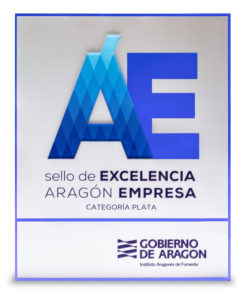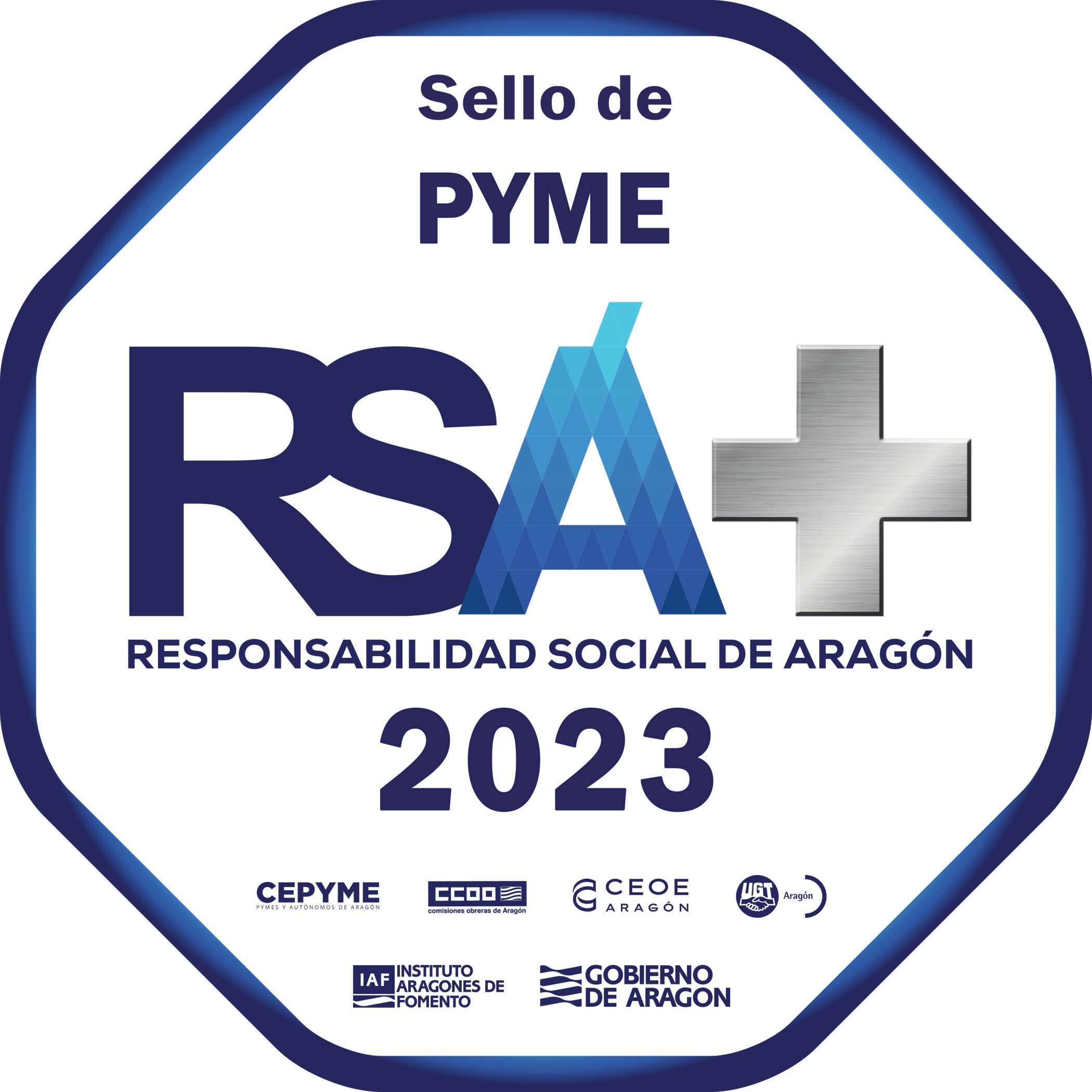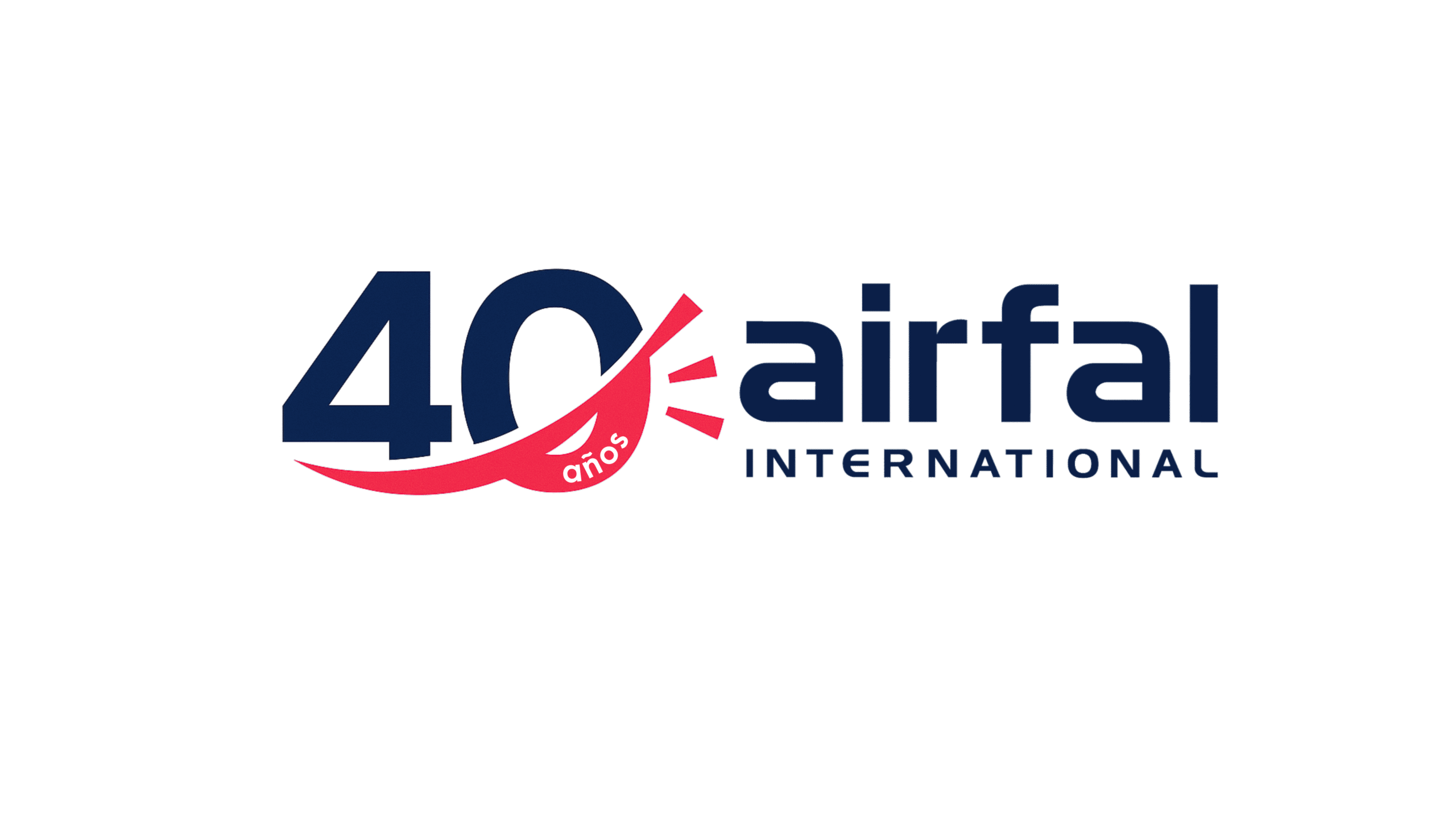In industrial sectors with ATEX zones, making technology decisions always involves a balance between innovation, reliability, and safety. That’s why many maintenance and engineering managers tend to postpone testing new solutions, waiting for the “perfect moment” that never actually comes.
But what if this seemingly cautious approach is actually creating more risk than it avoids?
In this article, we dismantle the myth of “zero risk” in the industry and explain why not running a technology pilot can end up being far more costly than testing on a small scale.
Doing nothing is also a decision: the cost of inaction
Choosing not to test a technology is not a neutral act. It’s a decision to maintain known inefficiencies in exchange for avoiding uncertainty. And that decision has a cost:
-
Obsolete systems
-
Non-optimized energy consumption
-
Manual operations that could be automated
All of these issues persist with every month that passes without evaluating new solutions.
In ATEX environments, this lack of action can lead to more serious consequences: longer maintenance intervention times, or zoning errors that could be prevented with smarter systems.
And the most concerning part: by not running pilot tests, decisions are made without real data. Technologies are compared based on catalog specs, projected savings are assumed without validation, or options are dismissed without ever being tested on-site.
A well-designed pilot provides technical and operational evidence that enables informed decisions, justifies investment, and helps avoid costly mistakes.
How to validate tecnology in ATEX environments without compromising production or safety
It’s common to hear: “We can’t run tests in our facility,” especially when it comes to classified installations. However, technology pilots in ATEX environments are not only possible — they are highly recommended when properly planned.
Best practices for ATEX pilot projects:
-
Choose ATEX Zone 2 areas or auxiliary spaces where the risk is lower but the conditions are representative.
-
Involve HSE and the person responsible for zoning from the beginning to ensure regulatory compliance.
-
Select technology certified for explosive atmospheres, with safe installation guarantees.
-
Integrate the pilot into regular operations, taking advantage of planned maintenance windows or low-activity areas.
-
Document the entire process, from risk assessment to final results.
If you’re planning to implement certified ATEX lighting in your project, contact us.
This approach allows you to validate the solution without disrupting production and builds trust among technical teams, who can see the benefits firsthand without endangering operations.
From pilot to decision: accelerating innovation with data
Pilots don’t slow down transformation: they accelerate it with a solid foundation.
When a pilot is carefully designed, maintenance, engineering, and procurement teams learn, engage, and evaluate with clear criteria. This alignment reduces friction in future implementations.
Moreover, the data collected helps build a tailored value proposition for the plant:
“This is what we did.”
“This is what improved.”
“This is what the impact could be at scale.”
In sectors like Oil & Gas, chemicals, or bulk handling, where investments are thoroughly scrutinized, having real-world ATEX environment data makes all the difference.
Innovating without testing is today’s biggest risk
In industrial facilities where safety and efficiency are critical, waiting for absolute certainty can become the biggest strategic mistake.
The plants leading transformation are not those that spend the most, they’re the ones that test methodically, learn fast, and scale what works.
A well-planned pilot strengthens safety, delivers reliable data, and supports technical decisions with solid business cases. In today’s context, standing still is no longer a guarantee of safety — it’s a barrier to progress.
Is your plant ready to make data-driven decisions?
If you’ve been considering a technological upgrade but don’t know where to start, a pilot project can be the ideal first step. It’s not about gambling — it’s about moving forward with method, clarity, and safety.
Testing at small scale is the first step toward large-scale transformation.























